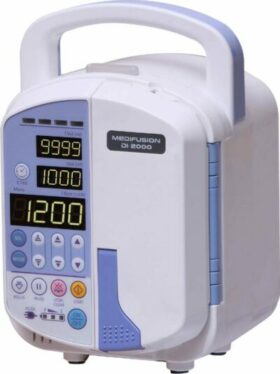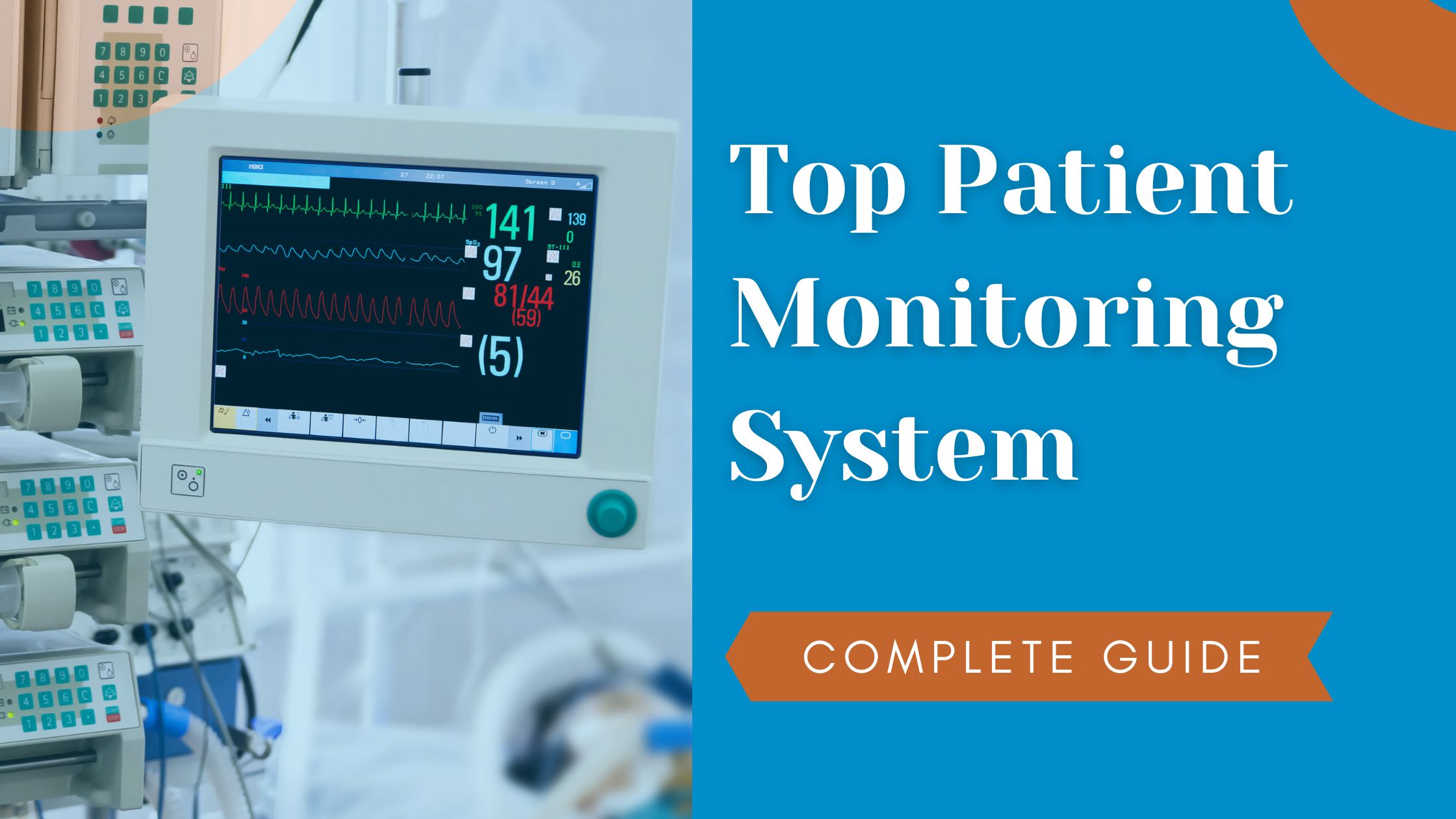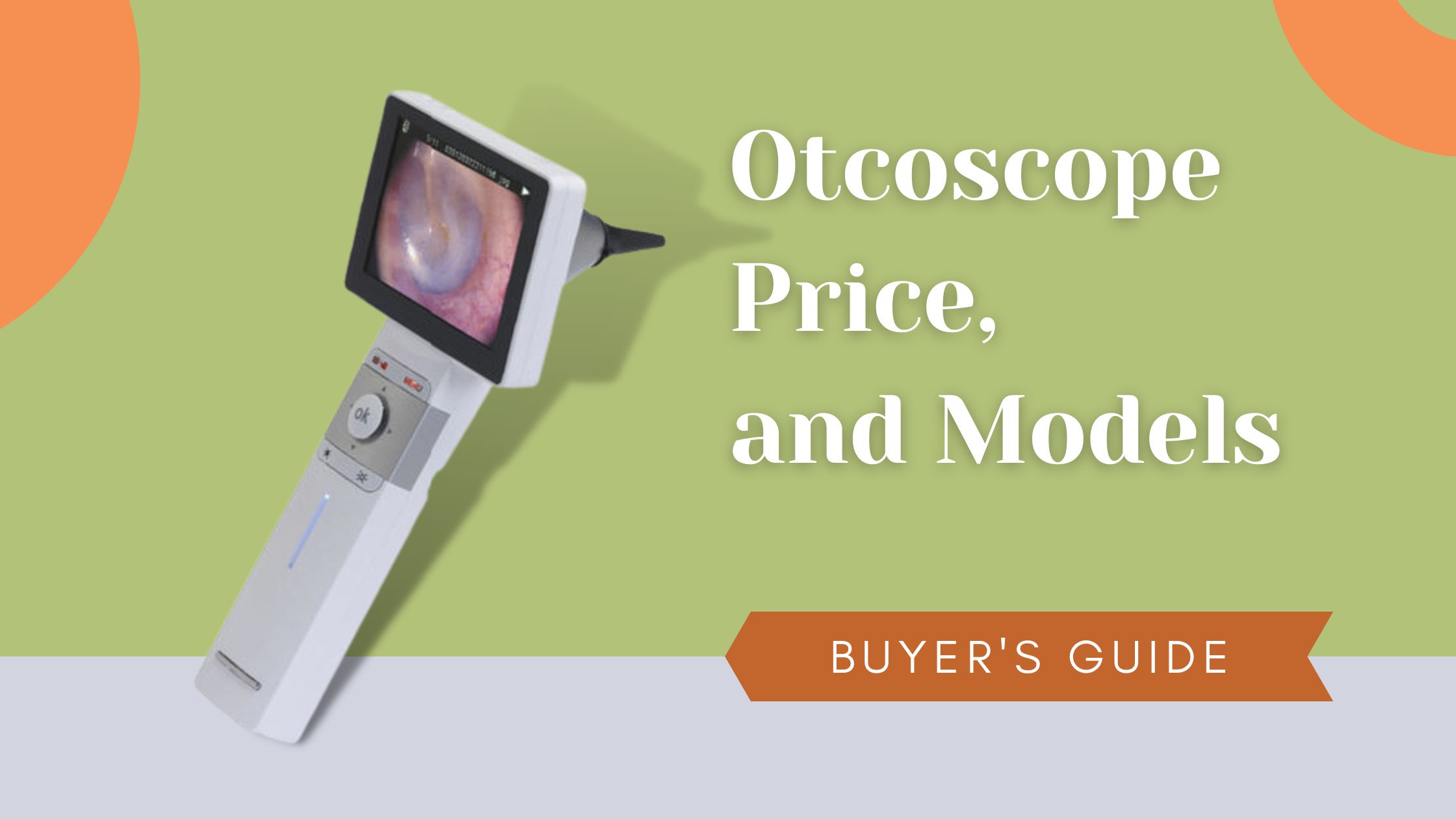Infusion pumps have always been the main product in the medical field. One of these pumps is often seen in clinical settings such as nursing homes, hospitals and even homes. These pumps are used in providing medications such as pain relievers, chemotherapy drugs, antibiotics, and insulin, among many others.
An infusion pump is a medical device that delivers fluids, such as nutrients and medications, into a patient’s body in controlled amounts. Infusion pumps are in widespread use in clinical settings such as hospitals, nursing homes, and in the home.
WHAT ARE INFUSION PUMPS USED FOR?
Applications of Infusion Pump
Let’s see the application of infusion pump,
- These pumps are used for cancer treatment during chemotherapy
- They are used to inject different drugs in pharmacies.
- These pumps are used to inject various nutrients or drugs into patients.
- Improve patient safety by improving accuracy and reliability and consistency, also for pain management
- Infusion pumps are employed in more than just standard hospital settings; they’re used in a variety of medical industries. This Smart technology is frequently used in nursing homes, for example. Some patients may be able to utilize the gadgets at home.
DIFFERENT TYPES OF INFUSION PUMP:
The infusion pump is divided into several groups. Infusion pumps can be divided into several classes based on a variety of variables. However, there are three distinct types of infusion pumps. The following are the different types of infusion pumps:
Infusion pumps classified by function
There are two types of infusion pumps when it comes to using. Specialty pumps and regular pumps are examples of these.
Specialty Pumps:

Specialty infusion pumps are created to meet the demands of certain medical situations. They are frequently utilized in the delivery of home care or the treatment of certain illnesses such as diabetes.
The followingsare the three main classifications of pumps in the specialty infusion pump category,
- Implantable Pumps,
- Enteral Pumps, and
- Insulin Infusion pumps
Traditional Infusion Pumps
Traditional infusion pumps can be used in medical settings such as mobile, home, and long-term care. These pumps can be used to give pain medication, antibiotics, chemotherapeutic medication, and hydration fluids in both fixed and mobile settings.
Traditional infusion pumps are further classified into three types:
- Syringe infusion pumps
- Disposable pumps
- Large volume pumps
- Elastomeric pumps
Fluid Volume Delivery Categorization of Infusion Pump
Infusion pumps are divided into two groups based on the volume of infusions they deliver:
Syringe pumps or small volume infusion pumps
These are infusion pumps that administer little amounts of medication in a small amount of time. These are frequently used on newborns and young children. These infusion pumps are perfect for delivering little amounts of medication, such as hormones, through a controlled motor mechanism that uses a plunger-style pumping device. Some pros and cons of syringe pumps are as below:

- The drugs are delivered in a precise volume by the syringe pumps.
- These have a lot of potential for spread.
- Syringe pump may be easily placed on a desk.
- The pump results in very modest flow pulsation and it is little in size.
- The syringe pump can only deliver a small volume of fluid into the patient’s body and it comes with a minimal disposable.
- However, it isn’t capable of delivering a big number of drugs.
- Also, it does not have the most up-to-date technologies, such as an alarm system, as LVP does.
Large volume pumps (LVPs)
The LVPs are infusion pumps that deliver enormous amounts of nutrition or medication. Electronic peristaltic pumps are frequently used by LVPs. The pump can be operated manually or by a computer-controlled roller. Some pros and cons are as follow:
- Large Volume Pumps are capable of delivering a wide range of drugs.
- LVP is equipped with cutting-edge technology, such as an alarm system. This alarm will start ringing if something goes wrong.
- It requires a lot of areas to set up and is rather enormous.
Infusion Pump Classified by their Mobility
Ambulatory infusion pumps (AIP)
Ambulatory infusion pumps are small, lightweight infusion pumps that are commonly used to treat persons with chronic illnesses.
Because they require medication throughout the day, patients with debilitating diseases may need to move around with their medical infusions.
- Such patients can be transferred while still receiving their medication thanks to mobile and lightweight infusion pumps.
- This type of portable infusion pump overcomes the difficulty of administering medicinal infusions while on the go.
Stationary infusion pumps
Because stationary infusion pumps do not require movement, they do not need to be as small and light as portable infusion pumps.
- Patients with chronic illnesses who are confined to their beds typically require pharmaceutical or food infusions.
- For patients who require frequent bedside feeding or medicine, the stationary pumps offer IV infusions at their bedside.
THINGS TO CONSIDER BEFORE BUYING INFUSION PUMP:
Advantages of Infusion Pumps
The advantages of infusion pump are as follows,

- The syringe pump is fast and easy to use. The syringe pump allows the user to define the total volume of fluid and deliver it at a precise rate.
- A high-pressure syringe pump can set target pressure or constant pressure control to run experiments.
- Even though the resistance is variable in the experiment, the average flow rate of the liquid in the syringe pump remains constant.
- These pumps have an alarm system when there is a problem.
- Infusion heating
- Low irritation
- The infusion pump has a high flow rate.
- It is more likely to sound an alarm of acupuncture.
Disadvantages of Infusion Pump
The disadvantages of infusion pump are as follows,
- The volume of the syringe used, limits the volume of liquid dispensed.
- Excessive resistance can lead to pressure build-up and eventual failure of the
- Without a flow sensor, it is impossible to know the flow rate during transients.
- Certain types of infusion pumps are expensive
- Battery is problematic
- This pump needs battery power
- Professionally trained personnel are required to operate this pump
- Personnel training is required.
- In some cases, infusion pumps can cause infections
BEST VOLUMETRIC INFUSION PUMP TO BUY IN 2021:
Volumetric Pumps operating mechanism :-
Most volumetric pumps operate through two general mechanisms: a mechanism of reciprocation or rotation. Engineers use positive displacement pumps, particularly in the chemical industry, for systems requiring pressurized fluids. Nonetheless, in small plants and factories you will find these kinds of pumps. Another classic positive displacement pump is the injection systems for engines.
| 1. | Hemodiaz Volumetric Infusion Pump | ₹53,135.04 |
| 2. | Fresenius kabi Volumat Agilia Infusion Pump | ₹85,478.40 |
| 3. | Fresenius Kabi Volumetric Pump , Infusia VP7 | ₹59,834.88 |
| 4. | BPL Volumetric Pump – ACURA V1 with Drip Sensor | ₹50,361.00 |
| 5. | B braun infusomat | ₹1,02,135.04 |
| 6. | Graseby 2100 Syringe Pump | ₹45,500.00 |
| 7. | Injectomat agilia | ₹40,000.00 |
| 8. | Infusia sp7 | ₹28,000.00 |
TOP INFUSION PUMP MANUFACTURES/BRANDS:

- Fresenius Kabi
- Becton Dickinson
- Q-Core Medica
- Micrel Medical Devices
- Baxter International
CONCLUSION
In today’s date, Infusion pumps are used in hospitals and other medical institutions around the world. Infusion pumps have made a huge difference in patient care, but they are not without their flaws. The FDA (Food and Drug Administration) adopts a balanced approach to public health, aiming to promote the benefits of infusion pumps while minimizing the hazards associated with them.
Through the infusion pump improvement plan, the FDA will work hard to formulate additional requirements for infusion pump manufacturers, actively promote equipment improvements, and increase user awareness to solve infusion pump problems. Thus, to conclude the improvements in design, structure, and working in near future will definitely lead to more usage of the Infusion pump.




